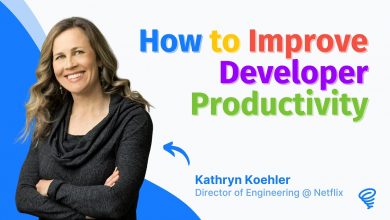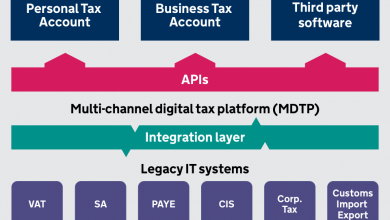DevOps Transformation at Shell: Enabling DevOps in Mobile Ecosystem
With the use of delivery metrics, insights, and Continuous Improvement mentality, Shell is steadily adopting DevOps practices and delivery without impacting the delivery and creating value continuously.
 At the DevOps Enterprise Summit Shell presented on ‘DevOps Transformation at Shell: Enabling DevOps in Mobile Ecosystem’.
At the DevOps Enterprise Summit Shell presented on ‘DevOps Transformation at Shell: Enabling DevOps in Mobile Ecosystem’.
The talk was delivered by:
- Guillermo Martinez – Head of DevOps – Accenture, NL.
- Samrat Mira – Lead Solution Architect – Shell.
Shell, together with Liquid Studio NL, is transforming its Mobile apps domain (including its backend and infra systems) into DevOps. The approach is focused on technology first, with a strong engagement with people, what some people call “pipeline driven organization”.
Their primary goals set to them were to Increase Business Agility, Increase Product Quality and Reduce Time to Market/Value, and to achieve them they began adopting DevOps best practices.
People, Process and Technology
The starting point was adoption of CI/CD but this alone would not achieve the overall goals, so they embraced the ‘full stack’ that makes up the whole of DevOps, of which CI/CD is one component part:
- Delivery organization and methodology.
- Lean Delivery Governance and Processes.
- Automated Release of Software.
- Continuous Integration.
- Continuous Delivery.
- Automated Operations.
- Software Defined Infrastructure and Cloud.
- Platform / Application Architecture.
This holistic approach is headlined by an overall theme of People, Process and Technology, so they embraced and addressed the full scope of transformation required, such as investing in skills, coaching and trusting teams and breaking organizational silos.
To implement the transformation they undertook a process of assessment and planning, to understand the skills and tools used across the teams.
DevOps Transformation
To focus the purpose and goals of the transformation they concentrated on Shell’s mobile app. Used by 1.5 million customers a month, this featured multiple programming languages and technology components, with four countries working together to deliver it.
Transformation of this capability featured:
- Metrics and measurement: They had been relying on informal approaches to measuring success, ‘gut feels’ and guestimates, so they established formal KPIs to report on performance.
- Technology and tooling: They developed a reference architecture that defined the right tools for the right job.
- Increased work frequency: They speeded the rate of work and team meetings, to increase the rate of delivery. For example their hotfix process took over two weeks in the prior non-DevOps world, and after the transformation this was reduced to three hours.



